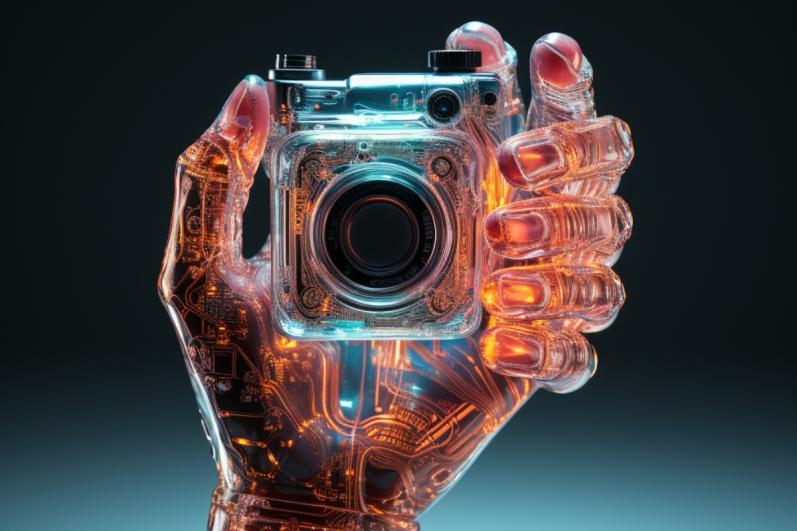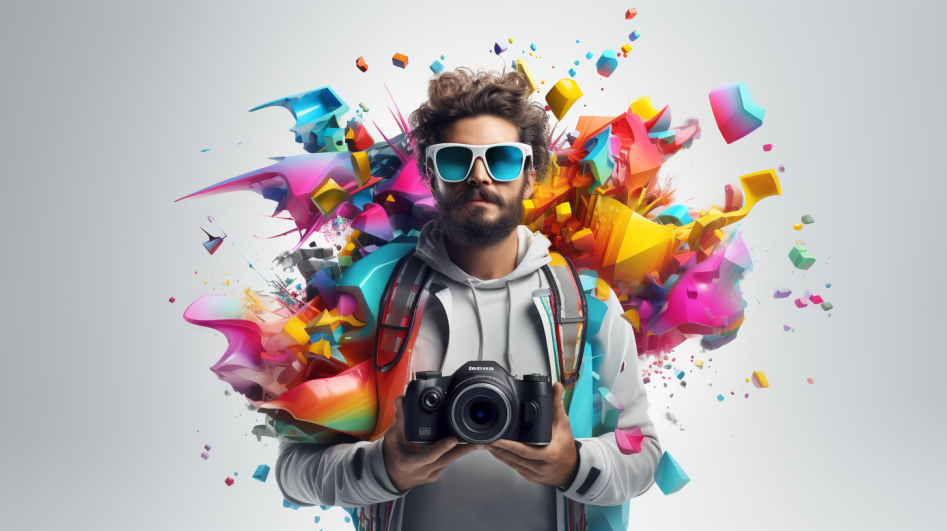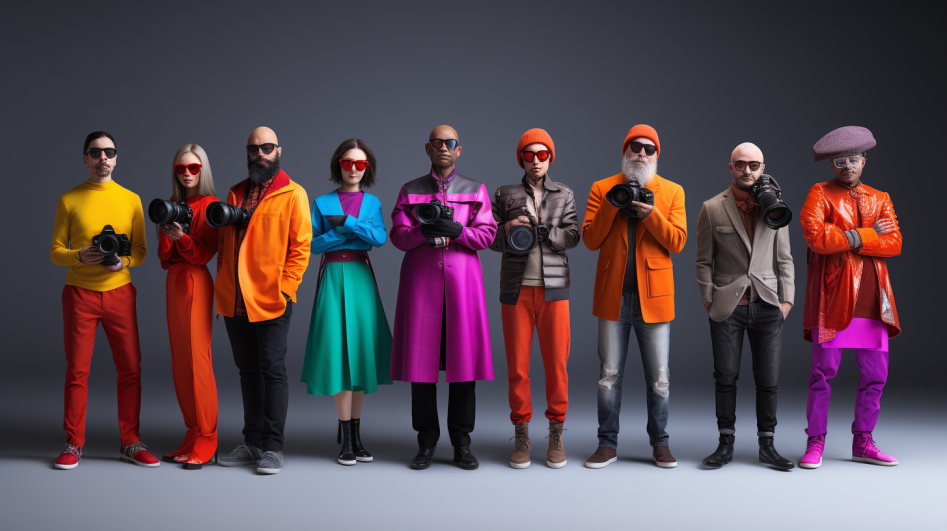From Darkrooms to Algorithms: How AI is Framing the Future of Photography
From darkrooms to AI, where does the future of photography take us?

Capturing a moment in time has evolved from sepia-toned tintypes to high-definition pixels in seemingly a blink of an eye. Today, we stand at another crossroads. Photography, a field deeply intertwined with technology, is ready to embrace a new collaborator: Artificial Intelligence.
With excitement looming over what advancements AI can bring, I can’t let this sphere go unexplored. Let's take a peek into the future, where the 'click' of the camera meets the 'clack' of code.
When Photography Went Digital
The art of photography has come a long way since the days of dark rooms and toxic chemicals. In the beginning, photography was a complex process, far from the casual snapshots we take today. Early photographic methods like Daguerreotype and Wet Plate collodion involved carefully handling chemicals, metal plates, and long exposure times. Each photograph was unique and practically impossible to reproduce exactly.
Fast forward to the end of the 20th century, when we witnessed one of the most significant transformations: the advent of digital technology. The introduction of the first digital cameras, albeit expensive and low-resolution, marked the beginning of a seismic shift. No longer were images confined to a physical medium. They became digital files, flexible and infinitely reproducible.
With the introduction of digital cameras, photography became more immediate, versatile, and convenient. The need for a darkroom was eliminated, as was the anxiety over wasted shots. Every click offered a chance for instant review and do-overs as needed. The democratization of photography was in full swing.
Then came the software revolution. Editing tools like Adobe Photoshop emerged, allowing photographers to manipulate digital images in new ways. These tools provided a virtual darkroom where lighting could be corrected, colors enhanced, and unwanted elements removed. This post-processing era blurred the lines between 'pure' photography and digital artistry, sparking debates that continue to this day.
As of late, photography is becoming more of a universal language. With the integration of AI and image recognition, photography is set to take yet another leap forward. I'd say we might be shooting less in the dark and more in the light of intelligent machines.

The Future Snapshot: AI's Potential in Photography
As we stand on the precipice of this AI-enhanced future, it's worth speculating on what lies ahead for photography:
AI as Your Personal Photography Coach: In the future, your camera or smartphone might capture images and help improve your photography skills. Cameras could provide real-time guidance on framing, composition, lighting, and more, acting as personal coaches. It could analyze the scene, suggest the best settings, and even guide you on where to position your camera for the best shot.
Advanced Post-Processing: Post-processing is set to become even more sophisticated with AI. We can expect more powerful editing tools that intelligently auto-enhance images based on the subject, context, and photographer's style. Future software might offer complex manipulations, like adding realistic lighting effects, changing the time of day, or even altering a scene's mood, with just a few clicks.
Virtual Reality Integration: AI and Virtual Reality (VR) could join hands to offer immersive photographic experiences. You could create realistic virtual tours, provide interactive photojournalistic pieces, or even simulate being in different locations for portrait shoots.
Increased Accessibility: AI can make advanced photography techniques and high-quality results accessible to everyone, not just professional photographers. Anyone, from amateurs to social media enthusiasts, could produce professional-grade images, further democratizing the field.
While these predictions paint an exciting future, they also bring forth crucial questions and potential implications:
Devaluation of Human Skill: As AI takes over more photographic tasks, will it devalue the skills and expertise that professional photographers bring? Will it blur the line between a seasoned photographer and an amateur with an AI-powered camera?
Ethical and Privacy Concerns: As AI advances, so do concerns about privacy and ethics. What happens when cameras can recognize not just faces but also emotions, health conditions, or even predict behavior? How will we navigate the ethical minefield that this degree of recognition and predictive capabilities could present?
Authenticity and Manipulation: As post-processing becomes more powerful, so do questions about authenticity. What is the boundary between a 'real' photograph and a manipulated one? Will there still be a place for 'pure' photography in this AI-enhanced future?

The Real-World Impact of AI on Photography
To truly appreciate the transformative power of AI in photography, let's look at some specific instances where AI has been implemented effectively and peek into future-oriented applications.
Google's Night Sight
Google's Night Sight feature in Pixel smartphones uses AI and computational photography to make dramatic improvements in low-light photography. This feature enables users to take bright, clear photos even in near-darkness without a flash.
It does this by capturing multiple frames and using AI to align and merge them, reducing noise and enhancing detail. The result is a stunningly clear and bright image, far superior to what could be achieved using traditional photography techniques.
Adobe's Sensei AI
Adobe's Sensei AI, integrated into their popular software Adobe Lightroom and Adobe Photoshop, has revolutionized post-processing. The AI can recognize the content of images, apply automatic edits, and learn a user's editing style to suggest personalized adjustments. For instance, Sensei can automatically select the subject in an image, allowing for quick and precise editing. It can also enhance specific parts of a photo based on its understanding of the image's content.
Skylum's Luminar AI
Luminar AI from Skylum is another excellent example of AI in post-processing. This editing software uses AI to analyze each image and suggest edits based on its content. Its AI tools can perform complex tasks such as replacing the sky, enhancing faces and bodies, and relighting a scene. Luminar AI can help photographers save time and make advanced editing techniques accessible to non-professionals.
Bottom Line
In the grand narrative of photography, AI is not a usurper but a powerful ally. Its rise does not signal the end of artistry but rather presents new avenues for creativity. Balancing this intricate dance between technology and art will shape the future of photography.
As we develop more and more AI tools, we must also foster a dialogue around the ethical and practical implications of these advancements. After all, in the same way the camera is a tool in the hands of the photographer, AI is only as influential or controversial as we allow it to be!
